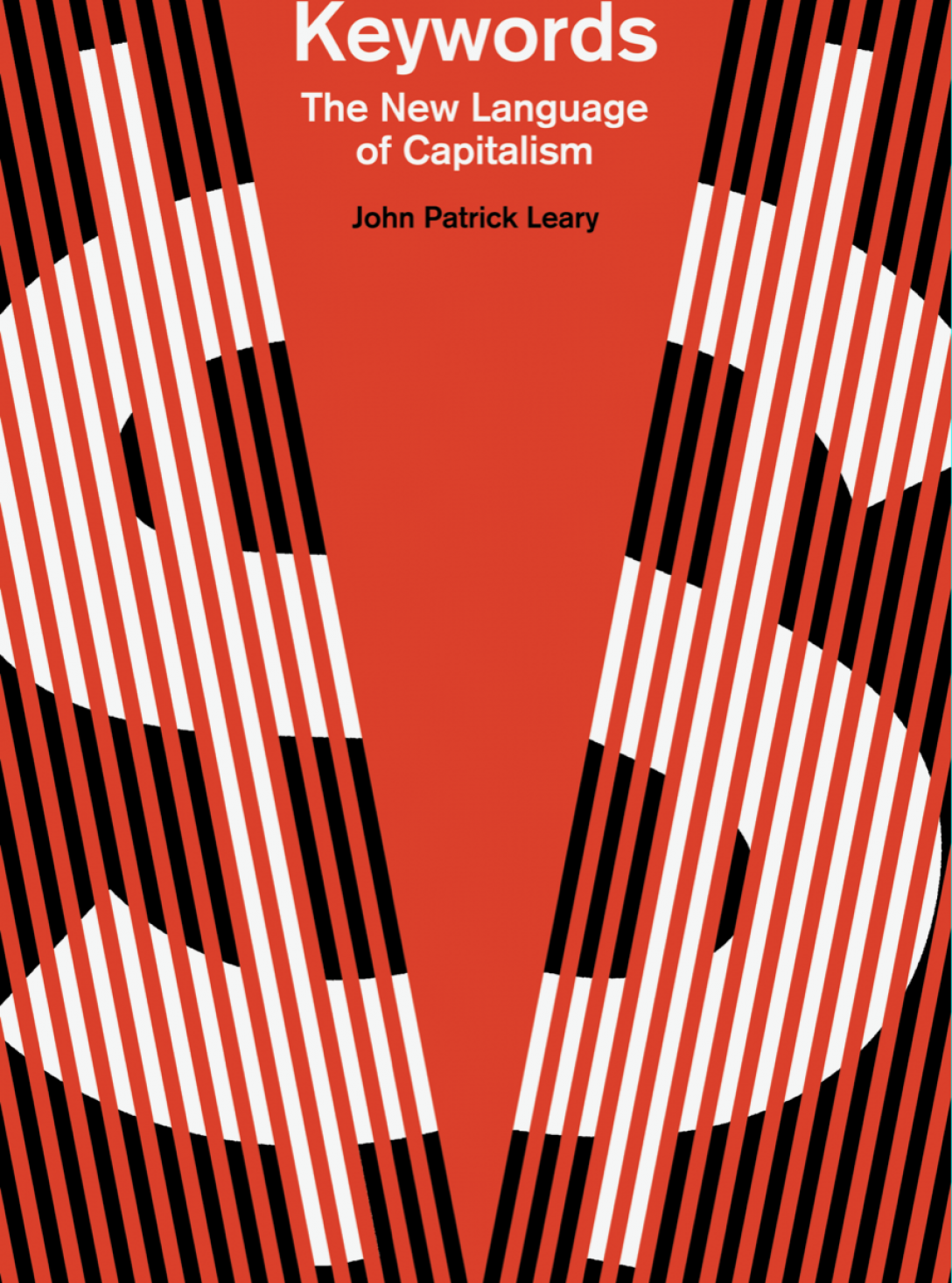In my article in Jacobin last week on the phrase “officer-involved shooting,” I wrote about how, for police and their spokespeople, wordy sophistry is a kind of tradecraft. The phrase “officer-involved shooting” obscures meaning and deflects agency through a performance of dispassionate, bloodless authority, by which many journalists seem easily seduced. For this reason, police are invested in policing the language others use to describe the work they do.
As an example: In “Defining Unarmed,” an article published on the website of the Houston Police Officers’ Union, Barbara Schwarz would prefer to do away with the adjective entirely. (She doesn’t define “unarmed” so much as empty it of any practical meaning at all.)
Message to the protesters and the news media: assault is color blind and no individual is “unarmed. ”
According to the law of the streets where these assaults occur, there is no “unarmed” individual.
In the “law of the streets”–by which the Houston police are, for some reason, now bound–fists are a deadly weapon. The “empty hand has been defined as a deadly fighting art,” Schwarz writes, a reading that brings the meaning of “arms” as weapons and the anatomical definition into an absurdly literalist alignment. As long as you have arms, in other words, you can never be “unarmed.”

[…] * Defining Unarmed. […]
LikeLike